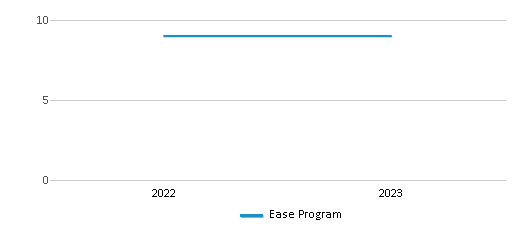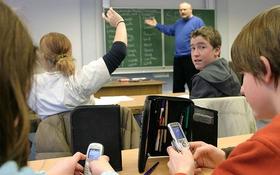Ease Program ranks in the bottom 50% of all schools in Illinois for overall test scores (math proficiency is bottom 50%, and reading proficiency is bottom 50%).
The percentage of students achieving proficiency in math was 11-19% (which was lower than the Illinois state average of 28%). The percentage of students achieving proficiency in reading/language arts was 11-19% (which was lower than the Illinois state average of 32%).
School Overview
School Type
Grades Offered
n/a
Total Students
n/a
Total Classroom Teachers
9 teachers

School Rankings
Math Test Scores (% Proficient)
(20-21)11-19%
28%
Reading/Language Arts Test Scores (% Proficient)
(20-21)11-19%
32%
Student : Teacher Ratio
n/a
13:1
School Statewide Testing
School District Name
Source: National Center for Education Statistics (NCES), IL Dept. of Education
Profile last updated: 11/17/2024
Frequently Asked Questions
What percent of students have achieved state testing proficiency in math and reading?
11-19% of students have achieved math proficiency (compared to the 28% IL state average), while 11-19% of students have achieved reading proficiency (compared to the 32% IL state average).
What school district is Ease Program part of?
Ease Program is part of Exc Children Have Opportunities School District.
Recent Articles

Segregation in K-12 Education: Colonial Era
Explore the origins of educational segregation during the colonial era and the differential treatment of Native American, African American, and white students. This article delves into the historical context, policies, and societal attitudes that shaped early education in colonial America, highlighting the disparities and injustices that persisted within the schooling systems of that time.

Segregation in K-12 Education: The Jim Crow Era
This article delves into the segregated schooling system that existed during the Jim Crow Era, examining the disparities faced by African American students.

December 16, 2024
Personalized Learning: Revolutionizing Education for the 21st CenturyExplore the revolutionary approach of Personalized Learning in K-12 education. This article discusses the benefits, challenges, and potential of tailoring education to individual student needs, incorporating technology and adaptive learning methods to prepare students for the 21st century.





